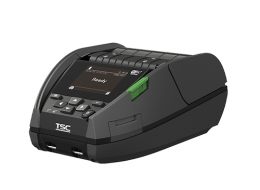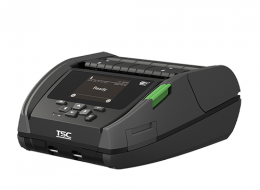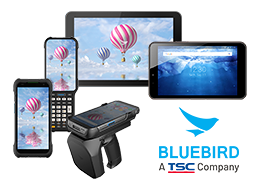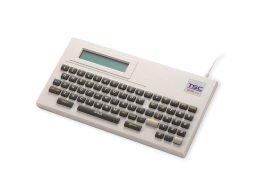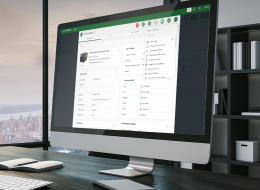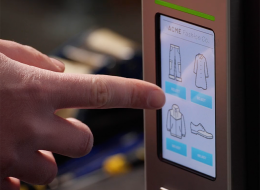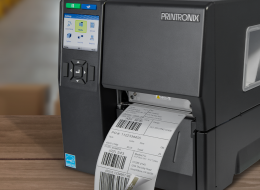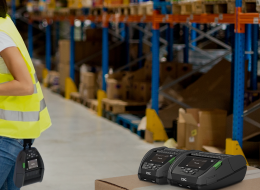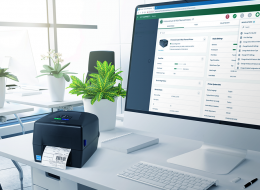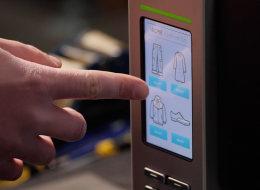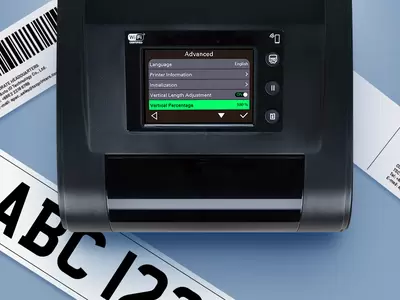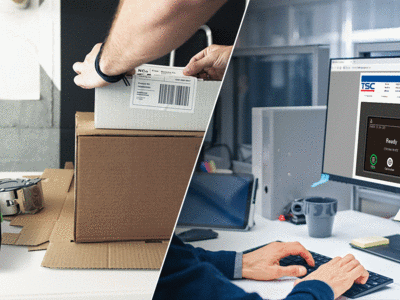The Growing Importance of Cable Management in Data Centers

Generative AI, such as ChatGPT and Bard, is gaining momentum and driving the demand for data centers. According to research, the generative AI market is projected to reach U.S. $126.5 billion by 2031.1 Given growing demand, ensuring maximum efficiency in data centers should be a top priority.
One of the greatest challenges lies in effectively managing the cabling networks that interconnect crucial business systems. Neglecting to properly label individual cables can result in costly operational interruptions and unnecessary downtime.
According to the Uptime Institute, approximately 75% of all data center outages can be attributed to human error,2 whether it’s due to inefficient layouts, lack of labeling, insufficient training, or inadequate maintenance. Moreover, inadequate cable management can jeopardize operational safety as it obstructs airflow to racks, traps dust, and leads to cable overheating.

Accurate cable labeling is a foundational practice for implementing efficient cable management. Here are some tips to consider:
- Ensure compliance with industry or customer specifications.
- Follow the ANSI/TIA-606-B standard for administering telecommunications cabling infrastructure.
- Use the right labeling tool, such as a reliable commercial-grade label printer.
- Attach printed, clearly legible, waterproof labels to each cable.
It might appear straightforward, however, there exists a wide array of cable labels to choose from, encompassing various types, sizes, and materials.
Let's consider the top three cable labels as examples:
- The printable polyolefin heat shrink labels come in different diameter sizes, ranging from 1/8-in, 1/4-in, and 3/16-in up to 7/8-in.
- The self-laminating labels are crafted from clear polyester or vinyl material, featuring a small white printable area.
- Cable and wire tags, usually made of durable polyethylene, come in heights of 1/4-in, 1/2-in, and 3/4-in, with widths ranging from about 1/2 inch to 3 inches.
When accommodating media variations, it is crucial to select the appropriate ribbon to ensure it works with the selected media type. To ensure print quality, you must also select the right printer based on the frequency of label printing, label size, and materials utilized, among other considerations.
Are you in need of a high-quality commercial printer that can handle even the most challenging labels with ease? For the ultimate solution to simplify cable management, consider the TH DH Series Desktop Barcode Printers. These advanced printers are specifically designed to print a wide range of label applications, providing exceptional performance.
The Handy Way to Print
The new TH DH Series Desktop Printers are available for 4-inch and 2-inch applications, offering direct thermal and transfer thermal print methods. These printers possess strong capabilities to overcome label printing challenges with ease. For cable label printing, we highly recommend the TH Series Printers.
Key Features:
- Heavy-duty cycle support: The TH Series Printers excel in the desktop printer category by printing up to 7,000 labels per day.*
- Wide media width support with minimum 5 mm print height: The 4-inch and 2-inch TH Series printers can handle media widths of 15 mm to 120 mm and 15 mm to 60 mm, respectively, making them ideal for cable labeling. The minimum print height of 5 mm ensures compatibility with narrow labels, like the 1/4-inch (6.4 mm) diameter heat shrink label.
- Exceptional precision and print quality: Our printers are renowned for their high-precision performance, thanks to a market-proven mechanism design. The TH Series, built on this foundation, is equipped with a media damper to stabilize media during printing, a feature often found in industrial printers. This combination guarantees top-notch print quality for narrow and small labels. Moreover, the heater line and TPH pressure can be adjusted to accommodate thicker labels, while the 10 mm wide adaptor securely holds the media for seamless printing.
- User-friendly operations: Each TH Series Printer boasts three shortcut buttons that can be customized to perform frequently used functions. For instance, a shortcut for media calibration proves invaluable when working with different media types.
- Auto-switch printer language emulation: The TH Series Printers automatically identify the major printer brands in use and seamlessly start the print job. This eliminates the need to modify label templates, ensuring a smooth transition.
Table 1: 4-inch and 2-inch TH Series Printers at a Glance
| Model | 4-inch TH Series | 2-inch TH Series |
| Media Width (default) | 15mm-120mm | 15mm-60mm |
| Minimum Media Width | 10mm with the narrow media adaptor | |
| Minimum Print Height | 5mm | |
| Print Volume* | 7,000 labels/day | |
*The print volume is determined based on printing 4-in x 6-in and 2-in x 6-in labels at a print resolution of 203 dpi.
Intrigued? Why not take our TH Series Desktop Printers for a spin? Get in touch with our sales representatives or visit our website to delve deeper into the capabilities of the TH Series.
1 Muhammad Zulhusni, "Here’s how generative AI is affecting data centers," 23 May, 2023, https://techwireasia.com/2023/05/heres-how-generative-ai-is-affecting-data-centers/
2 Chandana, "Causes of Data Center Outages and How to Overcome Them," 19 January, 2023, https://infraon.io/blog/common-data-center-outage-problems/

